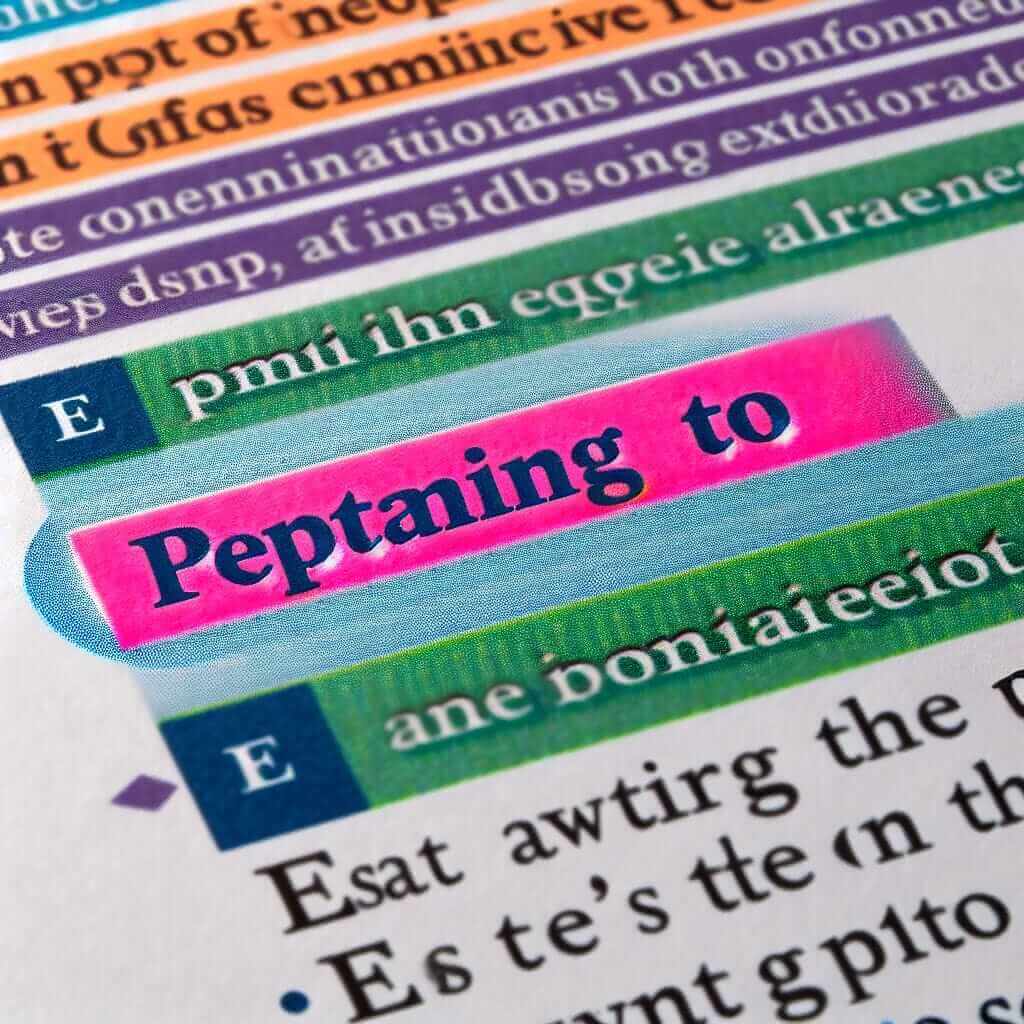“Pertaining to” is a phrase that often trips up IELTS test-takers, yet when used effectively, it can elevate your writing and demonstrate a strong command of academic language. This article will delve into the nuances of using “pertaining to” for topic introductions, equipping you with the knowledge and confidence to excel in your IELTS writing tasks.
Let’s consider a few examples of how “pertaining to” might be used in an IELTS essay:
- “This essay will discuss the social issues pertaining to the digital divide.” Here, “pertaining to” helps specify that the essay will focus on social issues directly related to the digital divide, rather than technological or economic aspects.
- “The data pertaining to climate change reveals a concerning trend.” In this example, “pertaining to” clarifies that the data specifically relates to climate change, making your writing more precise.
- “Governments should invest in research pertaining to renewable energy sources.” This sentence uses “pertaining to” to focus on research efforts specifically targeted at renewable energy, excluding other areas of research.
As you can see, “pertaining to” helps refine the scope of your writing and demonstrate a sophisticated understanding of language.
Understanding “Pertaining To”
“Pertaining to” is a formal phrase synonymous with “relating to,” “concerning,” or “regarding.” It establishes a clear connection between a subject and the information that follows. While it appears occasionally in IELTS reading passages, using it strategically in your writing showcases a higher level of vocabulary.
Effective Use in IELTS Writing
Structure and Application
While there isn’t a strict formula, “pertaining to” generally fits into these sentence structures:
-
Subject + Verb + Object + “pertaining to” + Noun Phrase: This structure is ideal for introducing evidence or arguments.
- Example: “This report examines the evidence pertaining to the impact of social media on mental health.”
-
“Information” + “pertaining to” + Subject + Verb + …: This structure is useful for presenting specific data or findings.
- Example: “The statistics pertaining to unemployment rates paint a bleak picture of the current economic climate.”

Application in IELTS Writing Tasks
Task 1 (Report Writing):
- When describing trends: “The graph illustrates the fluctuating costs pertaining to housing in major urban centers.”
- Highlighting key features: “The table presents data pertaining to the average income levels of different demographics.”
Task 2 (Essay Writing):
- Narrowing the essay focus: “This essay will analyze the arguments pertaining to the benefits of globalization for developing nations.”
- Introducing supporting points: “There are several factors pertaining to environmental conservation that require immediate attention.”
Elevating Your Writing: Alternatives and Enhancements
While “pertaining to” is a valuable phrase, varying your language demonstrates a wider vocabulary. Here are some effective alternatives:
- Regarding: “Regarding the issue of climate change…”
- Concerning: “The data concerning population growth is alarming.”
- In relation to: “This study explores the challenges in relation to sustainable development.”
You can further enhance your sentences by incorporating synonyms for common verbs often used with “pertaining to”:
- Instead of: “The study examined factors pertaining to…”
- Use: “The study investigated/analyzed/explored factors related to…”
Common Errors and How to Avoid Them
-
Redundancy: Avoid using “pertaining to” with words that already imply a relationship (e.g., “issues pertaining to the problem of…”).
- Incorrect: “The article discusses issues pertaining to the problem of poverty.”
- Correct: “The article discusses issues related to poverty.”
-
Informality: Remember, “pertaining to” is formal. Using it in an informal context may sound awkward.
By understanding the nuances of “pertaining to,” you can craft clear, concise, and sophisticated sentences that demonstrate your mastery of academic English. This, in turn, will contribute significantly to achieving a higher band score in your IELTS writing exam.